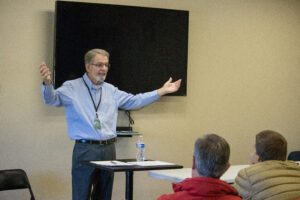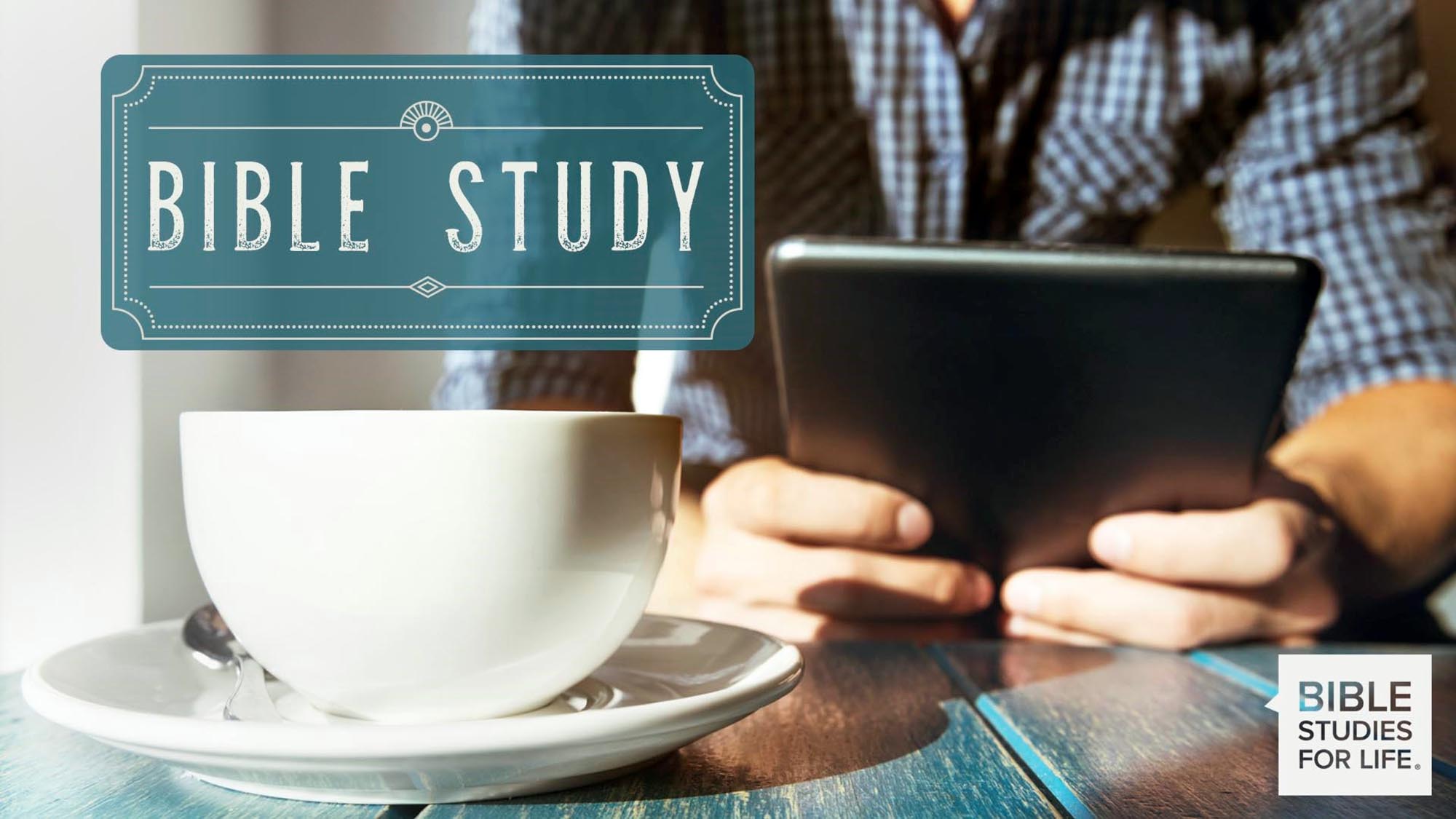
NIAMEY, Niger (BP) -– Floodwater destroys, dissolves, stains, reeks, stagnates and displaces. For those with homes built of mud and livelihoods based on farming, the devastation — and the time it takes to rebuild — multiplies exponentially.
This post-flooding assessment by Baptist Global Response partners in Niger followed the distribution of some 300 hygiene and living kits to families in two communities — Sarando and Yonkoto — after the Niger River reached its highest levels in 90 years, stemming from heavy annual rains in August. According to reports, rising floodwaters in the West African country have killed 81 people and destroyed 37,000 homes, affecting nearly half the country’s already impoverished communities.
In the village of Sarando, water destroyed nearly 95 percent of houses, granaries and other mud block structures, BGR partner Gabe Manor* reported. “It was like walking through a village of wax houses,” Manor said. “Houses and other mud structures had melted and flowed away. You could not have sculpted a more pathetic cityscape.”
“It’s like building a house out of Play-Doh and then squishing it,” BGR partner Shadrach Black agreed. “We saw tin roofs lying on top of mounds of mud that used to be family homes.”
The BGR team worked with representatives from the U.N. and other aid organizations to “fill the gaps” in smaller or harder-to-reach communities. This level of cooperation assured that organizations were not duplicating efforts and ultimately allowed aid to reach more hurting people, said Mark Hatfield, who directs BGR’s work in Sub-Saharan Africa.
The kits contained mosquito nets, mats, blankets, buckets, soap, a kettle, sugar and tea. The BGR team purchased the items in local markets, allowing relief to get to affected families much more quickly than importing from other countries.
But the goal wasn’t just to provide relief quickly. The distribution was not a “come-and-get-and-go-away event,” Manor said.
“Our goal was that this distribution would be relational,” Manor said. “We wanted to boost the work of Christians in the area and profile the work of the local church.”
While villagers in both communities were grateful, both Manor and Black admitted their own struggle with the inadequacy of their efforts in the face of such great need.
“What does a blanket, a pot and a mat really give people?” Black questioned.
Tini Magarie, a leader in another heavily affected village, put their efforts in perspective. Magarie thanked the team for providing what he described in the local language as “readiness.” He explained that receiving things to be set aside for later use helps villagers “get ready” to rebuild once floodwaters recede.
Black said, “Our buckets, mats and blankets represent hope — hope and ‘readiness’ that when the time comes, they will rebuild their lives.”
–30–
*Name changed. Tess Rivers is a contributing writer for Baptist Global Response, on the Internet at www.gobgr.org. Get Baptist Press headlines and breaking news on Twitter (@BaptistPress), Facebook (Facebook.com/BaptistPress ) and in your email ( baptistpress.com/SubscribeBP.asp).














